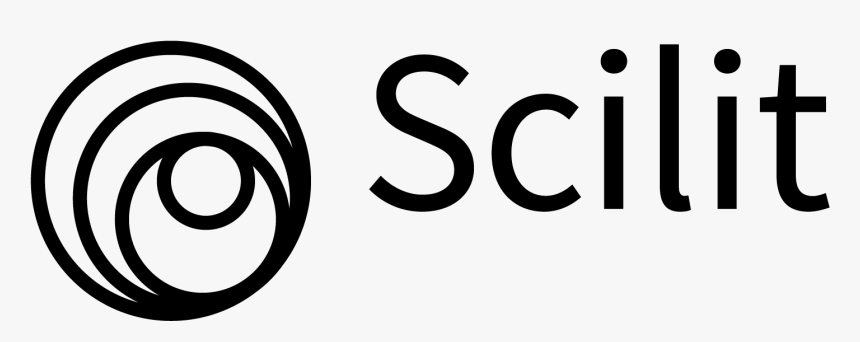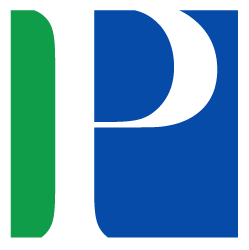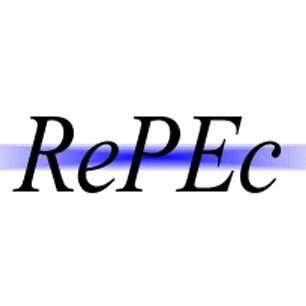Lifelong learning management for the urban poor: A case study of Khon Kaen city, Thailand
Abstract
Aim: This case study analysis aimed to examine the effects of Learning for life for the urban poor on investment and management education in Thailand. Corporations are the third most powerful entity in the United States.
Methodology: through in-depth interviews and document analysis
Findings: According to the results, public and private organizations must pitch in to fund the activities and projects crucial to the growth of the urban poor in neighborhoods bordering the rail line. Encourage learning at any age, not just during formal schooling. And the organizations in the public and private spheres working to improve people’s quality of life. And the possibilities for continuous education that are in line with the mandates of each institution.
Novelty/Implications: The research will benefit the field of education as a whole, including institutions dedicated to lifelong education and groups catering to people of all ages.
References
Cameron, S. 2012. Education, Urban Poverty and Migration. UNICEF Working Paper no. 15, UNICEF Office of Research, Florence, Italy.
Coleman, J. S. 1988. “Social Capital in the Creation of Human Capital.” American Journal of Sociology 94, S95-S120.
Dhiravisit, A. 2009. “Government Policy for Urban Poor Community Management in Developing Countries: Case Study Thailand.” Journal of International Business & Economics Research 8(5): 89-98.
Haughton, J., and Khandker, S. 2009. Handbook on Poverty and Inequality. Washington, D. C.: The World Bank.
Inspector General Reform Act. 2008. “Public Law 110-409.” Retrieved June, 12 2017 (https://goo.gl/NnwDQy)
Klamthanom, K. 2004. “The Poor Development in the Next Decade 2004-2011”, MasterâA ̆ Zs Thesis. Faculty of Social Administration, Thammasat University, Bangkok, Thailand.
Lin, S. Lin, Y. and Wu, C. L. 2016. “Environment-Name: An Empirical Study of Institutional Research in a Senior High School.” Journal of Advances in Humanities and Social Sciences 2(6): 303-309.
Lillis, K. M., and Lowe, J. (1987). “The Rise and Fall of the Schools Science Project in East Africa.” Compare 17(2): 167-179.
National Education Commission Office. 2002. National Education Act B.E. 2542 (1999) and Amendments: Second National Education Act B.E. 2545. Retrieves May, 13 2017 (https://goo.gl/bBBYXh).
National Institute of Advanced Studies. 2008. “Excellence in Leadership.” Retrieved May, 12 2017 (https://goo.gl/6UQHWD).
Ngamlamom, V. (n. d.). “Development and Solution of Poverty Guideline in Thailand.” Retrieved 12 May, 2017 (www.thaivijai.com).
Pitak, N., Pojananont, A., Silanoy, L., Srisurak, P., and Natethanhomsak,T. 2002. “The Demand for Education Management Model According to the Nation Education Act. BE. 2012 of Parent in Slum,” Unpublished Thesis. Khon Kaen University, Khon Kaen, Thailand.
Pudtasiriwat, D., Hangpattana, S., and Pattunane, P. 2010. “The Disparity of Education Opportunities and Fiscal Measures to Expand Education Opportunities for the Underprivileged.” Journal of NIDA Economic Review 6(1): 1-5.
Punyasawatsuth, C. 2015. “textThailand’s Education Expenses: Money Gone Out.”Track project. Economic Thailand. Thammasat Economic Focus. Thammasat University.
Rynhart, G., and Chang, J. H. 2014. The Road to the ASEAN Economic Community 2015: The Challenges and Opportunities for Enterprises and their Representative Organization, Geneva. ILO Working Paper No 7. International Labor Organization, Thailand.
Sachiyo, M. 2012. “A Model Lifelong Learning for many Person are Age in Soontoomhom Looglan Banlaoling.”Journal of Research in Science and Technology 2(3): 283-297.
Sangsir, S. 2001. Lifelong Education for Thai Society in Century 21: Research Report. Bangkok: Pimdee.
Sangsir, S. 2013. Lifelong Learning for Thailand. Bangkok: Sukhothai Thammathirat University publisher.
Sadiman, A. S. 2004. “Challenges in Education in Southeast Asia”. Presented at International Seminar on Towards Cross Border Cooperation between South and Southeast Asia: The Importance of IndiaâA ̆ Zs North ́East Playing Bridge and Buffer Role, Kaziranga: India.
Tarmuchi, R. N., Mohamed, H., and Ismail, A. S. (2015). “Asynchronous learning tools use in graduate study: A preliminary survey.” International Journal of Humanities, Arts and Social Sciences, 1(1), 13-18.
Taobua, T. 2000. “Non-Formal Education Management in Primary and Secondary school in Education Region 1,” MasterâA ̆ Zs Thesis. University of Silpakorn, Bangkok. ́
The Office of the Education Council, Ministry of Education. 2009. “Situation of Thai education in 2007/2008: Equality problem and Thai Education Quality.” Bangkok: V.T.C.Communication Limited Partnership.
The Office of the Education Council, Ministry of Education. 2016. “Situation of Thai Education in 2014/2015.”Bangkok: Pickwan Company.
The Office of the National Economics and Social Development Board (2015). “To Analyzes the Situation of Poverty and Inequality in 2015 Report.” Retrieved March 15, 2016 (https://goo.gl/FKMS9a).
United Nations Educational, Scientific and Cultural Organization. 2011. “UNESCO and Education: Everyone has the Right to Education.” Retrieved July 02, 2017 (https://goo.gl/oyJ4ji).
Yodkamlue, S. 2007. “Access to the Service of the Poor State of Rural Communities in the North, Unpublished thesis.” Graduate School in Non-Formal Education Chiang Mai University, Chiang Mai, Thailand.

This work is licensed under a Creative Commons Attribution-NonCommercial 4.0 International License.











.png)









